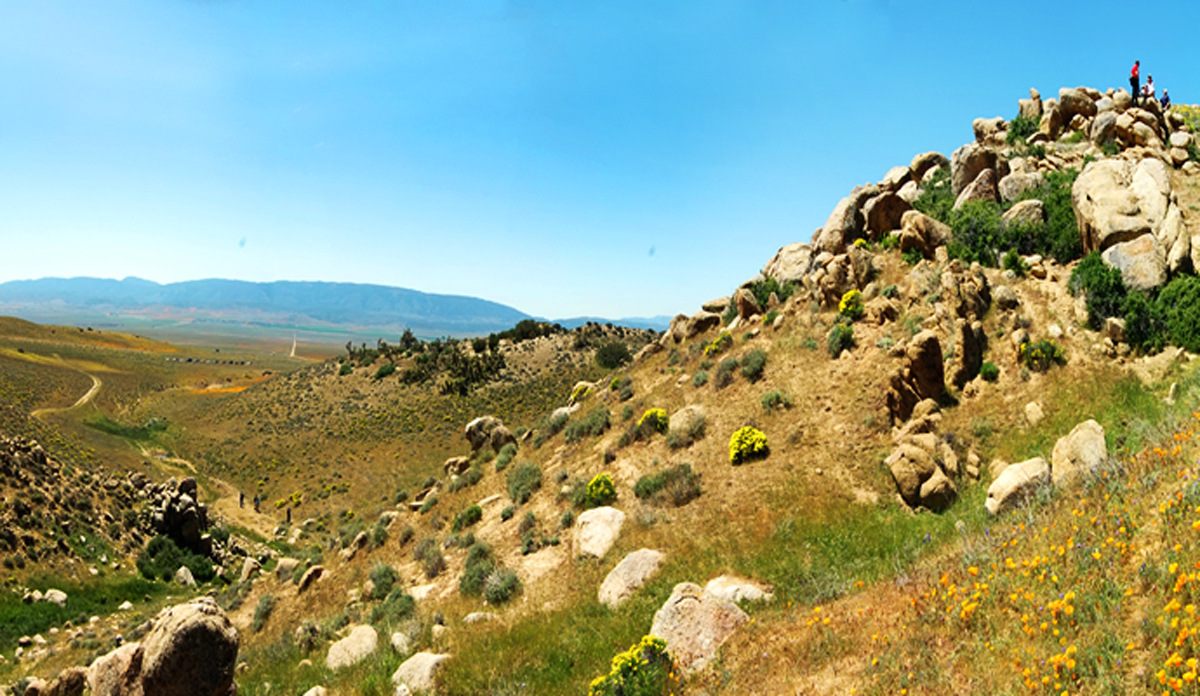Trending
Tejon Ranch Co.’s plan for massive housing community in LA County back on table
The long-planned Centennial development would include 20K houses on county's northern edge

A contentious and long debated project to develop a giant housing community on the northern edge of Los Angeles County is back on the table.
The developer, Tejon Ranch Co., wants to build 20,000 houses spread over 12,000 acres for its planned Centennial development. The project, which would rise near Gorman, has been argued over for a decade, with opponents saying it will damage the environment and bring other safety concerns.
Now, the L.A. County Regional Planning Commission has taken up the issue again, according to the Los Angeles Times.
Centennial would be a town built from scratch and take three decades to complete. The plan would include10 million square feet of commercial, retail, and civic space including schools, parks and what some locals say are sorely needed emergency services facilities like a sheriff’s station and a school.
The project would also provide much-needed housing in a state that is drastically in need, and where lawmakers have turned to proposals to promote development, like the sweeping state-level rezoning law, called SB 827.
The housing community site is part of the 270,000-acre Tejon Ranch property, which was established through land grants in the mid-1800s.
Tejon Ranch Co. planned Centennial and two other large communities there in 1999 and amid opposition in 2008, agreed to conserve 240,000 acres of Tejon Ranch.
Nearly half of the roughly 19-square-mile Centennial site, which is east of the junction of Interstate 5 and Highway 138, would be open space.
Opponents say the Centennial project would destroy the habitats of protected species, including endangered California condors, and is located in a high fire hazard zone and on two earthquake fault lines. Because it isn’t near public transit, residents would likely rely on cars, increasing greenhouse emissions at a time when California looks to be a global environmental leader.
The Regional Planning Commission plans to vote on the issue in July. If approved, it will go to the L.A. County Board of Supervisors for approval. [LAT] — Dennis Lynch




